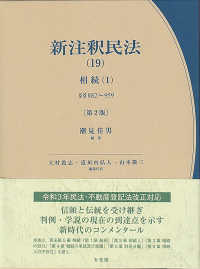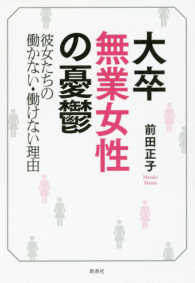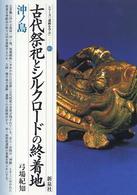- ホーム
- > 洋書
- > 英文書
- > Science / Mathematics
Full Description
This text explains, in engineering rather than abstract mathematical terms, how to apply the fundamentals of electrostatics in order to design practical devices. Each section concentrates on a single concept in electrostatics, which is first discussed and then applied to a particular device or effect. The examples include copy machines, smoke detectors, high-speed nonimpact printers for computers, and the electrofusion of living cells. The work is organized by the scale of the electrostatic effect. It deals with electrostatic fields in a uniform linear medium, introduces particles into the field, then allows for a complex continuum, and describes the interaction between electrostatic devices and external circuits.
Contents
ELECTROSTATIC FIELDS: Fundamental Concepts; Electric Fields with Known Voltages; Fields Caused by Charges; ELECTROSTATICS OF PARTICLES: Particle Motion in Known Electric Fields; Unipolar Space-Charge Motion; Charged Particle Conservation; ELECTROSTATICS OF MATERIALS: Conduction and Breakdown; Polarization; Continuum Force Densities; ELECTROSTATICS OF CIRCUIT ELEMENTS: Resistive Circuit Elements; Capacitive Circuit Elements; Forces on Lumped Elements








